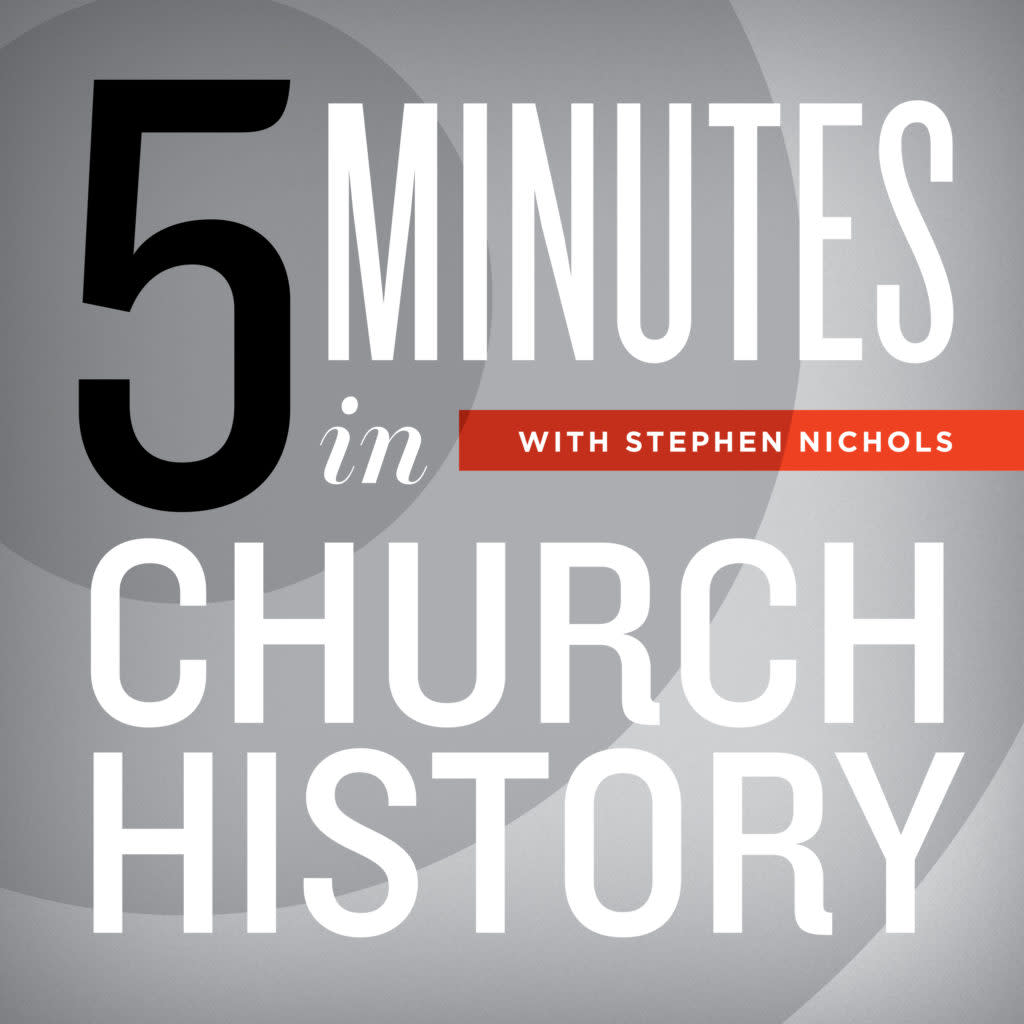Zion Presbyterian Church

Zion Presbyterian Church, founded by John Lafayette Girardeau in 1858, was one of the first integrated congregations in the American South. Today, Stephen Nichols tells the story of a historic church in “The Holy City,” Charleston, South Carolina.
Welcome back to another 5 Minutes in Church History. On this episode, we are talking about Zion Presbyterian Church in Charleston, South Carolina. Charleston is sometimes called the Holy City. People disagree over the exact origin of that saying, but the prevailing reason seems to be the skyline. This was especially true before the tall buildings were built and the skyline was dominated by steeples of churches. There was the French Huguenot Church in, of course, the French quarter. The current building, gothic style, was built in 1844, and that church still has a service in French. There’s the Episcopal Grace Church Cathedral. There’s St. Matthew’s Lutheran Church, not to be confused with St. John’s Lutheran Church, and there is the very high steeple of Second Presbyterian Church. The First Presbyterian church, which started in 1731, was founded by Scottish Presbyterians. And as that church grew, a second one was planned, and a very impressive church was built in 1811.
But there is a church that no longer exists. It was started by Second Presbyterian Church. There’s an historical marker right off Marion Square, right at the intersection of meeting House and Calhoun Streets. There’s a hotel there now, but it used to be the site of Zion Presbyterian Church. And this is what the historical marker says, “Originally located at 123 Calhoun Street, Zion Presbyterian was an outgrowth of the Second Presbyterian Church. Reverend John B. Adger received permission from the session of the Second Presbyterian Church in 1850 to instruct the slave families separately from the white members in a building on Anson Street. The church was founded on this site in 1858 under the pastorate of John Girardeau. Zion was named by the African American families and was the first Negro Presbyterian church in the South. It was renovated in 1945,” And then as the marker tells us, “The church was demolished in 1960.” Well, let’s go back to that pastor who built this church in 1858.
John Lafayette Girardeau, he was a remarkable 19th century Presbyterian minister. He was born in 1825. From the age of eight, he lived in Charleston. He studied classics at the College of Charleston, and then he left the low country of South Carolina for the Midlands and to study at Columbia Theological Seminary. He was not only shaped by his studies there, but also by the weekly chapel sermons of James Henley Thornwell. In 1854, he returned to his beloved Charleston to work among the 30 or so African-Americans in the congregation that was started by Second Presbyterian Church. Five years later, he was preaching to over 1500 people every week who gathered to hear him from that church. It was unique among southern churches, Zion Presbyterian Church, as it had African-Americans and whites sitting alongside of each other in the pews. But then in 1861 came the Civil War and that put an end to the services there at Zion Church.
Girardeau served as a chaplain during the war. For a brief time, he was held as a prisoner of war. After the war, he returned to Charleston and the legislated, segregated south put an end to the old Zion Church, and it just was never the same. Girardeau spent a few years ministering to a white congregation there in Charleston, and then in 1871, he went to his alma mater and took up his post as Professor of Didactic and Polemic Theology at Columbia Seminary. Back in 1849, He married Penelope Sarah Hamlin. They had 10 children together. Three of his daughters married students of his, and went on to be pastor’s wives. In 1898, Girardeau died in Columbia. Well, that is some of the story of one of the historic churches in Charleston, South Carolina, the Holy City. And I’m Steve Nichols and thanks for listening to 5 Minutes in Church History.
Recent Episodes
Charles Hodge: What Is Saving Faith?
March 12, 2025|Historical TheologyCharles Hodge: What Is Systematic Theology?
March 5, 2025|TheologiansAthenagoras
February 26, 2025|BiographyAthens in Church History
February 19, 2025|Geographical PerspectivesIstanbul: The Hagia Irene
February 12, 2025|The Byzantine EastIstanbul: The Hagia Sophia
February 5, 2025|The Byzantine East
